Tag: caisson
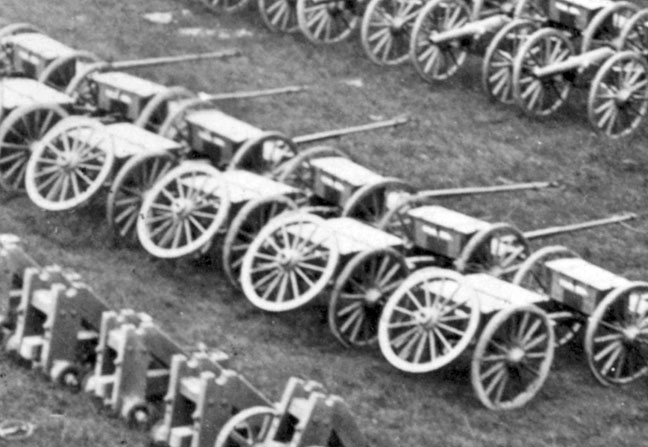 Davis, et. al., Atlas to Accompany the Official Records of the Union and Confederate Armies, plate CLXXIII.
Davis, et. al., Atlas to Accompany the Official Records of the Union and Confederate Armies, plate CLXXIII.
Hazlett, Olmstead and Parks, Field Artillery Weapons of the Civil War says: The caisson was intended as an ammunition carrier, and carried two chests, plus the one on the limber. In addition, the caisson carried a spare wheel which could be used as a replacement on the carriage, limber, battery wagon, or other caisson, as wheels were the same diameter.
All caissons were the same on the exterior, differing only in the interior compartment, which varied according to the nature of the ammunition carried.
The caisson was provided with the lunette and wood stock which served to connect this vehicle to the limber. Also carried was an axe and a pick, and a spare handspike and shovel.
Wikipedia says: A caisson is a two-wheeled cart designed to carry artillery ammunition; the British term is “ammunition wagon”. Caissons are also used to bear the casket of the deceased in some state and military funerals in certain Western cultures, including the United States.
During the American Civil War, U.S. Army equipment was identical to Confederate Army equipment, essentially identical to French equipment, and similar to that of other nations. The field artillery limber assumed its archetypal form – two wheels, an ammunition chest, a pintle hook at the rear, and a central pole with horses harnessed on either side. The artillery piece had an iron ring (lunette) at the end of the trail. To move the piece, the lunette was dropped over the pintle hook (which resembles a modern trailer hitch). The connection was secured by inserting a pintle hook key into the pintle.
The quantity of ammunition in the chest, which could be detached from the limber, depended on the size of the piece. An ammunition chest for the M1857 light 12-pounder gun (“Napoleon”) carried 28 rounds. The cover of the ammunition chest was made of sheet copper to prevent stray embers from setting the chest on fire.
Six horses were the preferred team for a field piece, with four being considered the minimum team. Horses were harnessed in pairs on either side of the limber pole. A driver rode on each left-hand (“near”) horse and held reins for both the horse he rode and the horse to his right (the “off horse”).
In addition to hauling the artillery piece, the limber also hauled the caisson, a two-wheeled cart that carried two extra ammunition chests, a spare wheel and extra limber pole slung beneath. There was one caisson for each artillery piece in a battery. The cannoneers could ride the ammunition chests on the limbers and the caisson when speed was required, but to do so for any length of time was too tiring for the horses, so cannoneers generally walked. The exception to this rule would be in horse-artillery batteries, where the cannoneers rode saddle horses.
Showing 1–16 of 57 results
-
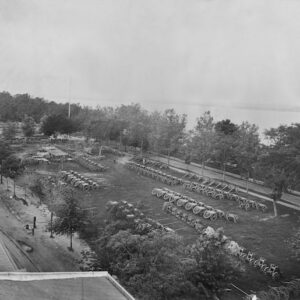
Image ID: AADG
$6.99 -
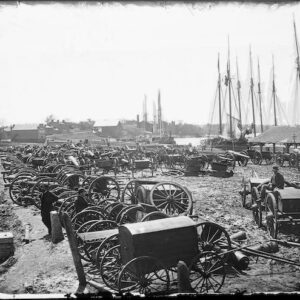
Image ID: AAKO
$4.99 – $6.99 This product has multiple variants. The options may be chosen on the product page -
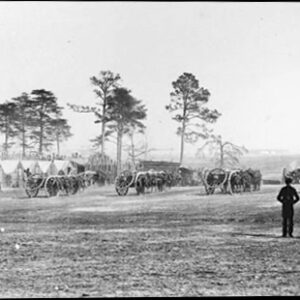
Image ID: AATX
-
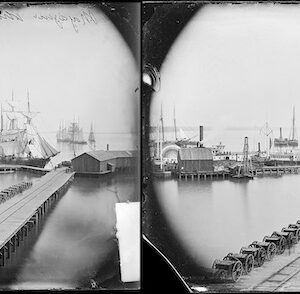
Image ID: ABDS
$3.99 – $6.99 This product has multiple variants. The options may be chosen on the product page -
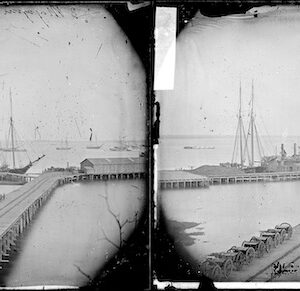
Image ID: ABDT
$3.99 -
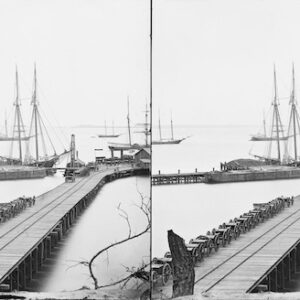
Image ID: ABJU
$6.99 -
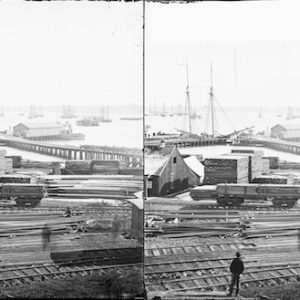
Image ID: ABKU
$6.99 -
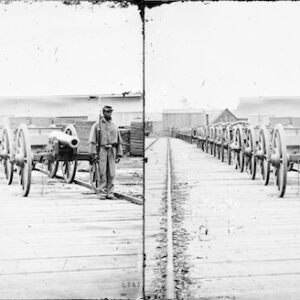
Image ID: ABKX
$6.99 -

Image ID: ACBF
$4.99 – $6.99 This product has multiple variants. The options may be chosen on the product page -
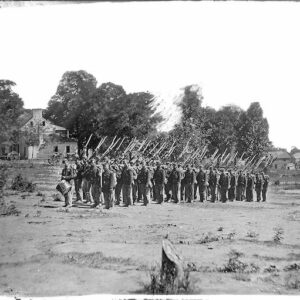
Image ID: ACTQ
$4.99 – $6.99 This product has multiple variants. The options may be chosen on the product page -
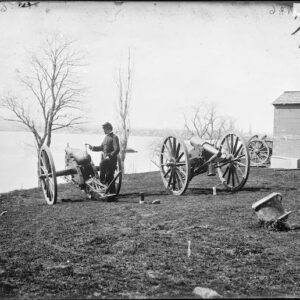
Image ID: ACVP
$4.99 -
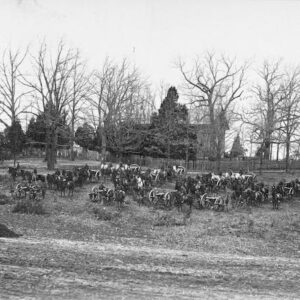
Image ID: ACWI
$6.99 -
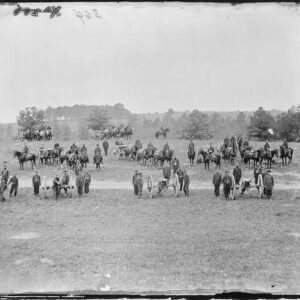
Image ID: AEYB
$4.99 – $6.99 This product has multiple variants. The options may be chosen on the product page -
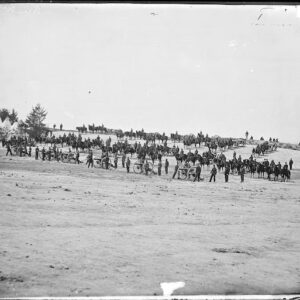
Image ID: AGNC
$4.99 – $6.99 This product has multiple variants. The options may be chosen on the product page -
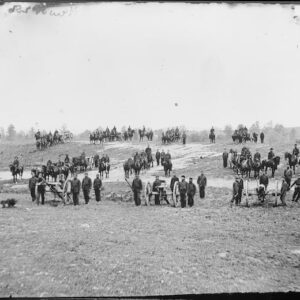
Image ID: AGOM
$4.99 -
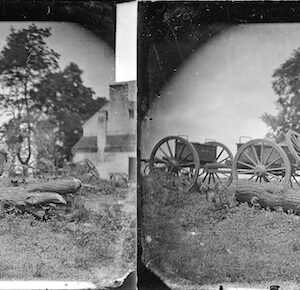
Image ID: AHBU
$3.99 – $4.99 This product has multiple variants. The options may be chosen on the product page